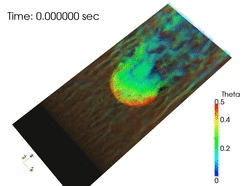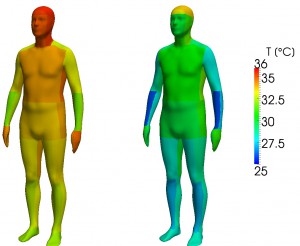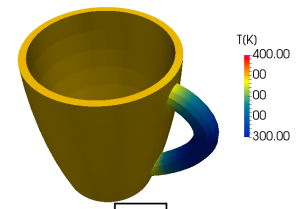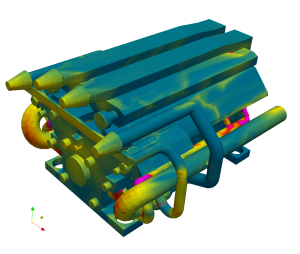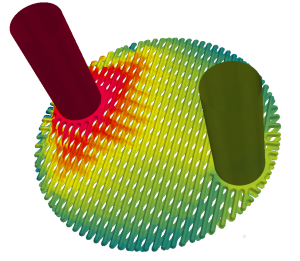Course program:
-
1. Basics
-
Basis of numerical heat transfer analysis
-
Configuration of OpenFOAM environment
-
Step-by-Step training
-
-
2. Numerical basics
-
Mesh generation
-
Failure analysis of numerical simulations
-
Keypoints for trustful results
-
Runtime-analysis mechanism
-
Collecting data for professional post processing
-
-
3. Heat transfer
-
Overview Understanding of the source code
-
Using / changing of OpenFOAM syntax
-
Tutorial: Application and Implementation of heat transfer modules in OpenFOAM
-
-
4. Heat conduction
-
Concept, Understanding of the source code
-
Numerical failure analysis
-
Variation of mesh characterics / solver settings
-
Variation of boundary conditions
- fixed Temperature
- fixed heat flux
- convective
-
Tutorial: Heat conduction with variation of parameters
-
-
5. Heat convection
- Numerical concept in OpenFOAM
-
Solver / Classification
-
Turbulence models / turbulent heat fluxes
-
Influence of Prandtl number
-
Meshing and failure analysis
-
Compressible / incompressible fluids
-
Buoyant flows
-
Variation of boundary conditions
- Wallfunctions
-
Simulation speed up
-
Best practice guides
-
Tutorial: Practical using OpenFOAM for different exanples
Next Dates
- 31. August 2018
- 26. March 2020 9:00 - 27. March 2020 17:00
- 30. March 2020 9:00 - 31. March 2020 17:00
- 6. April 2020 9:00 - 7. April 2020 17:00
- 8. April 2020 10:00 - 14:30
- 14. April 2020 9:00 - 15. April 2020 17:00
- 23. April 2020 9:00 - 24. April 2020 17:00
- 29. April 2020 9:00 - 30. April 2020 17:00
- 25. May 2020 9:00 - 26. May 2020 17:00
- 18. June 2020 9:00 - 19. June 2020 17:00
-
6. Conjugate Heat Transfer
-
Concept and Overview
-
Basic classes and important functions
-
Best practice guide
-
Fast case setup
-
Coupled mesh generation
-
Tutorial: Coupling of fluid and solids for complex geometries
-
-
7. Heat radiation
-
Theory and Implementation
-
Basic equations
-
Modeling in OpenFOAM
-
Decision of different radiation models
-
Tutorial: Application of different radiation models / case setup
-
-
8. Using fvOptions
-
Simplified modeling of heat sources
-
Model construction / runtime
-
Numerical settings
-
-
9. User defined problems

